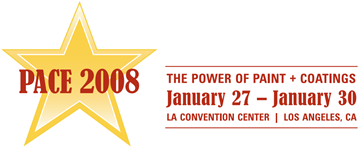Search
A Case Study in Changing Environmental Conditions and Utilizing a Urethane Concrete Moisture Control System
Also Purchased
A 20 Year Performance Evaluation of an Organic Zinc Rich Paint System
Product Number:
41208-405-SG
Publication Date:
2008
$20.00
(Coating Formulation) Coatings on the Edge of Forever
Product Number:
12-COAT_DEC21
Publication Date:
2021
$20.00
A Total Performance Approach to Concrete Preparation for Epoxy Systems
Product Number:
41206-292-SG
Publication Date:
2006
$20.00




